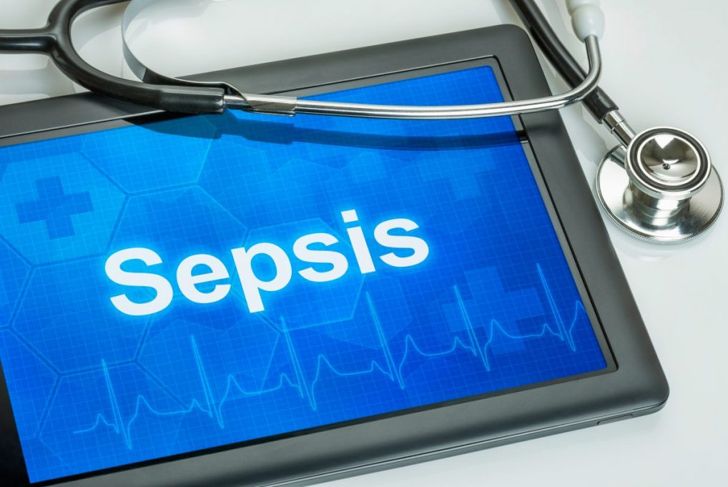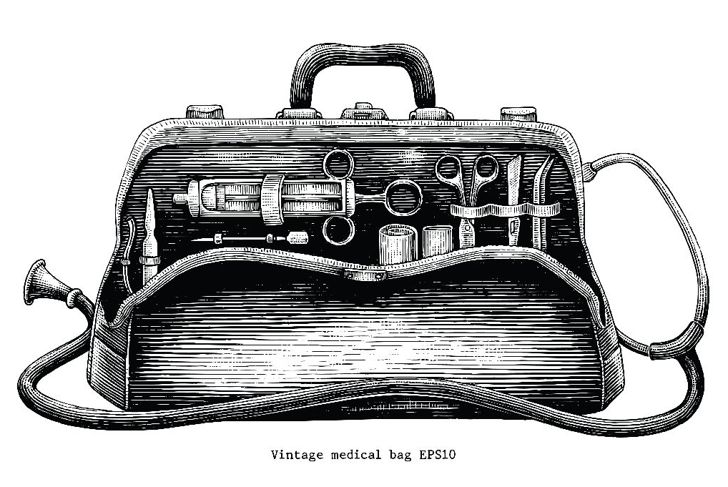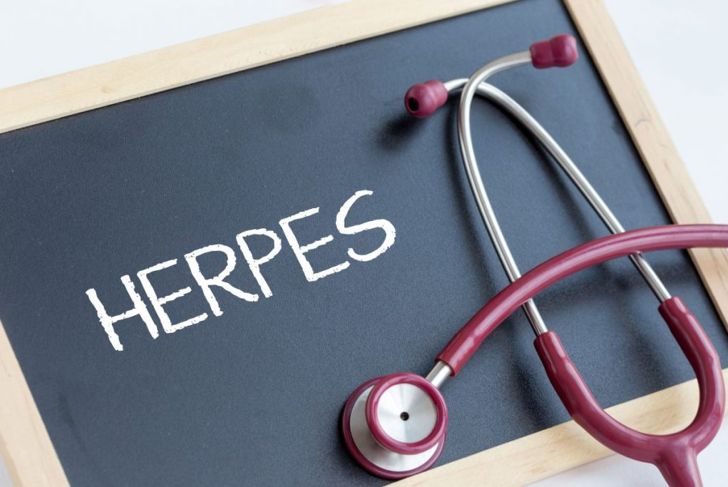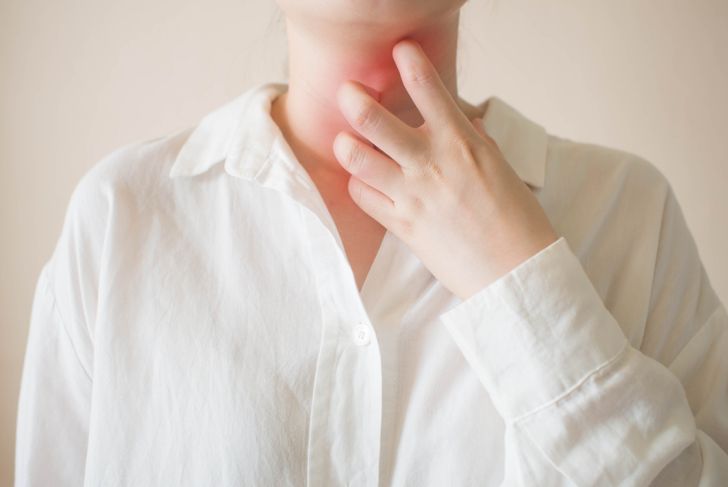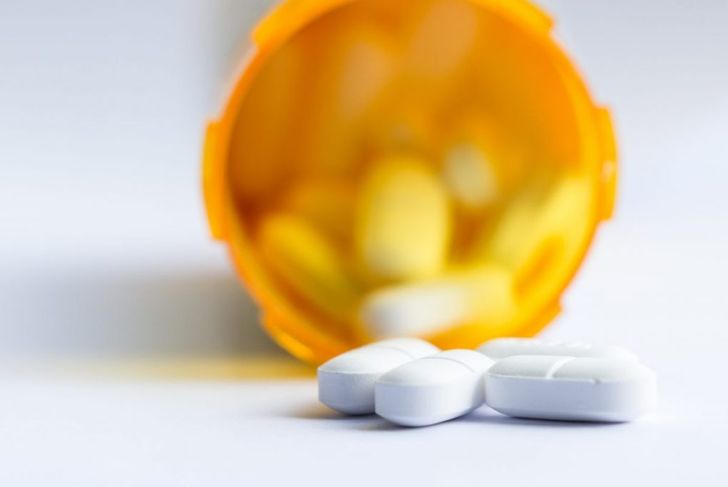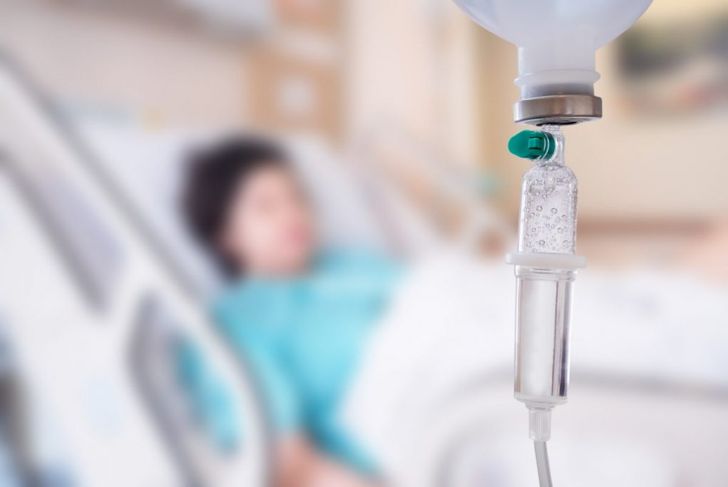Erythema Multiforme, or EM, is a rare skin disorder characterized by skin lesions that look like a bullseye. It is an acute and sometimes reoccurring condition that can be caused by a variety of triggers including sensitivity to medications or infection. The disorder has two categories: Erythema Multiforme Minor and Erythema Multiforme Major.
Erythema Multiforme Minor
Erythema Multiforme Minor, or EM Minor, is considered to be a mild form of EM. It occurs when your body has a sensitivity to medication or infection. This trigger, in turn, causes the skin and mucous membranes to react, making the bullseye rash appear. The rash itself will be bright red around the outer edges and have a white bump in the center. Outbreaks generally start on the legs and arms and spread towards the center of the body.
Erythema Multiforme Major
Erythema Multiforme Major, or EM Major, is severe and potentially life-threatening. It differs from EM Minor in that it covers more of the body, including mucous membranes. The condition also causes epidermal detachment. This means that you could potentially lose skin in the affected areas, causing sepsis or even death. EM Major is connected to other diseases such as Stevens-Johnson Syndrome and Toxic Epidermal Necrolysis.
History of Erythema Multiforme
The history of Erythema Multiforme goes back to the 1860s when a man named Ferdinand von Hebra first described the disease as “an acute self-limited condition with characteristic red papular skin lesions.” It was not until the 1950s, however, that the names of Erythema Multiforme Major and Erythema Multiforme Minor were coined.
Causes of Erythema Multiforme
Many factors contribute to the development of EM Major and EM Minor. The most common reasons for the rash are medications, infections, physical factors, and other diseases. In almost all cases, EM Minor is caused by the Herpes Simplex Viruses 1 and 2. These viruses also cause up to 55% of all EM Major cases. Infections from bacterial, fungal, viral, and parasitic sources are also known causes of this skin condition. Ironically, medications that treat some of these infections, including OTC pain medication, anticonvulsants, and antibiotics, can also cause Erythema Multiforme.
Symptoms of Erythema Multiforme
In most cases of EM Minor, the typical sign is itching, followed by the appearance of a red bullseye on the surface of the skin. These spots start out in places such as the legs or arms and gradually spread into the torso. The center of each bullseye-shaped spot is white or pale pink. Other EM symptoms include fever, itchy skin, the overall feeling of being ill, and joint pain. The skin lesions associated with EM Major and Minor will appear suddenly, with raised, liquid-filled bumps in the center. They may also start out looking like hives. The spots will appear evenly on both sides of the body. If you have one on the left side of your body, it will also develop on the right side, in the same spot.
When to See a Doctor
In most cases of Erythema Multiforme, the lesions will go away on their own. In some instances, it may be necessary to see a doctor. If you notice bullseye-shaped spots on your skin forming equally on both sides of the body, you should consult with a medical provider to determine the cause. Your doctor is the only one who can give a proper diagnosis and treatment plan. He or she will try to find the underlying cause of your EM and provide you with the best treatment options.
Treatment for EM Minor
In order to select the best treatment, your medical provider will try to ascertain the cause of EM Minor. If it is infection-based, your doctor may prescribe steroid or antihistamine medication to alleviate the itchy skin. Anti-viral drugs may also help if your doctor thinks the condition stems from a viral infection. You will need to list the medications you are currently taking so your doctor can determine if they are the cause of your Erythema Multiforme.
Treatment for EM Major
The treatment for EM Major is often more extensive. If your doctor suspects you have EM Major after exhausting all other possible options, you will have to stay in the hospital. You might have to stop all medications that you are currently taking so the hospital can determine the one causing the problem. You might need assistance from a burn unit where physicians will be able to address your skin loss. Intravenous antibiotics will also help. The healing process usually takes about two weeks, and possibly longer if the condition affected the mucous membranes in the chest or mouth.
Complications with Erythema Multiforme
The most common complication in cases of EM is the possibility the skin lesions will reappear. It is important to keep in contact with your doctor during the healing process to let him or her know of any issues that arise.
Prognosis and Monitoring of EM
In most cases of Erythema Multiforme, the lesions on the skin will begin healing within two to three weeks. With the proper treatment, they will disappear without scarring. Your medical provider may keep you on medication for up to six months to prevent reoccurrences. You will also receive instructions on cleaning the wounds to prevent the spread of infection. Follow-up appointments with your physician will expedite the healing process and prevent further complications.

 Home
Home Health
Health Diet & Nutrition
Diet & Nutrition Living Well
Living Well More
More
